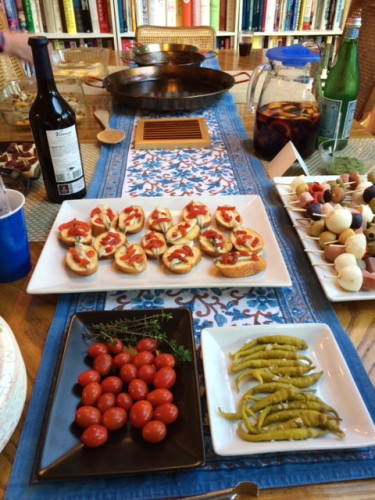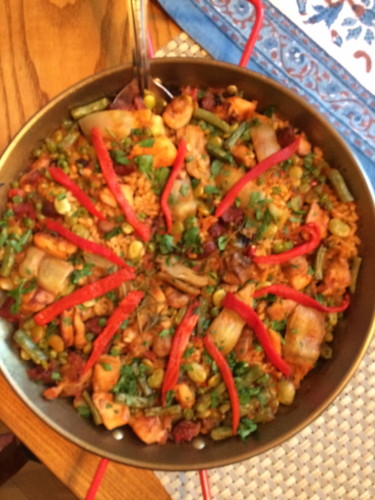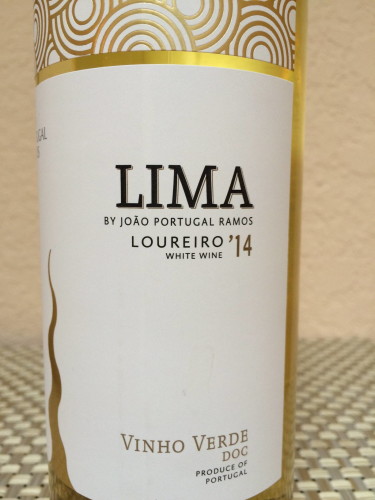[My vegetarian and observant Jewish and Muslim readers might like to read a less incendiary post, like Lizard on a Stick.]
Feijoada is the national dish of Brazil. It consists of assorted pork products in a black bean base. Most recipes are heavier on the pork than the beans. The full experience, known as feijoada completa, consists of: The black bean-pork combo; white rice; stir-fried collard greens; orange sections; and farofa. The last item is cassava meal sautéed with garlic and (you guessed it) bacon fat. It’s a good dish for parties, provided your friends like pork. The black beans and pork can be made well ahead of time so all you have to do is make the rice and other accoutrements.

Feijoada completa.
Feijoada is easy, although finding the farofa can be challenging. Julian used a recipe from the New York Times for last night’s meal. I’ve also used a recipe from the original New York Times Cookbook. Although I’m sure your average Brazilian would scoff, I made a vegetarian version during my postdoc as a going-away dish for my Brazilian officemate. One of my other officemates was a vegetarian; hence, the need to adapt. Since farofa is gluten-free, the full feijoada experience is fine for those with celiac disease.
As you can imagine, feijoada is pretty filling. The girl from Ipanema would be waddling down to the beach in a muumuu if she ate it on a regular basis. It’s another example of upscale peasant food–utilizing odds and ends to make a healthy meal.









Recent Comments